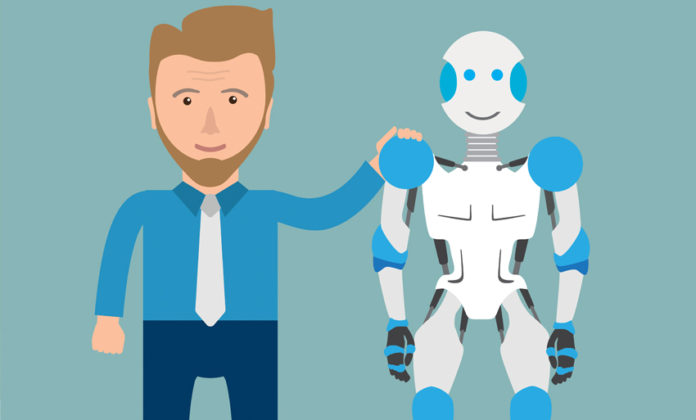Recent advances in Artificial Intelligence (AI) have been changing and shaping businesses, most notably in their ability to bring customer experience (CX) to the next level. Although AI has become a staple amongst businesses of all sizes, full automation still seems out of reach.
When it comes to AI-assisted customer service, the goal is to make the customer journey as seamless as possible; the customer should always feel like they’re speaking to a customer service agent. For this kind of unbroken customer journey to occur, we must focus on combining human interaction with artificial intelligence.
Bots play an important role in making tedious tasks simple and easier to execute, however, in order to provide excellent chatbot-based customer support, human assistance is still necessary.
Let’s explore the implications of human-assisted A I- what all the hype is about, and why people are calling it the “next big thing” in customer service and CX?
What Is Human-Assisted Artificial Intelligence (AI)?
Artificial Intelligence is still years away from being able to provide customers with an experience that is indistinguishably human. For AI to operate similarly to the human brain, it will need to be capable of intuitive thinking, reasoning, and comprehension.
Since technology has yet to advance to that level, human assistance is still necessary to interpret the actions of AI, making the necessary chances to provide the ideal end result. Think of AI in terms of a computer taking care of any mechanical/repetitive tasks. Human-assisted AI involves the human operator taking over any remaining tasks that require more specialized expertise.
The Difference Between Human-Assisted AI and the AI-Assisted Human
The main difference between human-assisted AI and an AI-Assisted human comes down to how messages are taken in and responded to.
An AI-assisted human provides a type of customer care service that is primarily operated by humans but supported by AI. The process for handling messages looks like this:
- Messages are received by customer service agents.
- AI filters the messages, and looks for cues to determine what each message is about.
- The bot then suggests a response for the agent, who has final approval over what message is appropriate for the situation.
- If the response suggested by the bot isn’t the right fit, the agent can take over.
In this situation, the customer is speaking directly to a human operator while the bot monitors the conversation. .
In human-assisted AI, messages are also filtered and classified by AI, but instead of relying heavily on the human operator to move things forward, the AI can actually execute a majority of the job. The process for handling messages looks like this:
- Messages are received by bots.
- AI identifies the messages that they are 90% sure they can accurately respond to.
- When a customer query is matched with a response with a high level of accuracy, the responses are sent out automatically—no human intervention required.
- If the bot detects the suggested response is less than 90% accurate, a human operator takes over responding to a customer query.
The Benefits of Human-Assisted AI
Implementing human-assisted AI can utilize the human capital that is already established in your company to the highest capacity.
Rather than wasting valuable resources monitoring customer service inboxes and waiting for messages that need responses, agents are free to help the company in more productive ways. With bots handling majority of customer questions, agents will have less distractions in their day leading to higher productivity.
It’s important to note that although employees will have more time for other tasks, they still need to be available to answer the questions that the bots cannot. Customers usually assume that they’re communicating with a bot, so they’ll expect quick responses to inquiries they might have.
When first implemented, bots won’t be perfect or solve all your problems. Think of them like a new trainee, eager to learn everything there is to know about their new job but lacking the know-how. There are times when they may defer to a human operator for help while learning the in’s and out’s of providing the perfect response to customer service queries. However, thanks to machine learning, you only need to teach bots how to do something once, and they’ll record these actions for future use.
In most cases, customers won’t be able to tell whether they’re talking to a person or a bot. Due to the ever-present human element, they will always receive the best possible customer service.
AI Needs a Human Touch for High Functionality
AI will continue to require a human touch to function at its highest level. While it is possible to feed bots and machines unlimited knowledge, human logic and ideas are still processes they don’t yet possess. In addition, empathy is also a concept that a bot does not understand, and is a necessary piece in providing an excellent customer experience.





